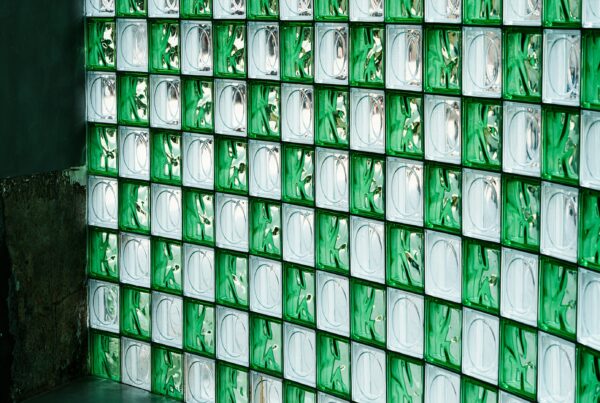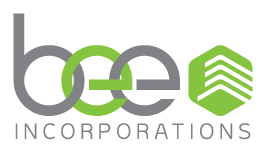Creating eco-friendly homes is a growing trend in the construction industry. Using green technology and materials can lower carbon emissions and conserve energy. However, contractors still face barriers when building these properties. These issues often arise from misguided information, government regulations or lack of education.
The Assumption That It’s Too Expensive
One common perception is that building green homes costs more. Initial construction prices may be higher, but the long-term savings balances them out. Many of these structures have energy-efficient features, such as low-E glass windows. Therefore, homeowners can save up to $2,200 per year on their expenses.
Zoning Laws and Certifications
Another challenge for contractors is keeping up with building codes. For example, tiny homes can help reduce energy waste, but some properties aren’t large enough to qualify as an official residence. Zoning laws and building codes will depend on the area. However, most require the home to be at least 1,000 square feet for new construction.
Another hurdle for builders is gaining certification. LEED is one of the common third-party certification programs. To earn these credentials, contractors must apply and pass an exam. Having a LEED-certified home can help it sell quicker.
The Trouble With Selecting Materials
Many builders assume it’s all about using green materials. However, there is more to consider, like adding insulation and selecting durable finishes. Also, investing in solar power can significantly reduce energy consumption.
Another factor when choosing materials is the climate. For example, brick or stone can act as better insulators in colder regions, while wood or clay works better in warmer ones. Along with geography, cost plays a role in product decisions. Many companies look for the least expensive materials offering immediate results, although it’s important to consider long-term impacts as well. For example, solar panels have a higher initial price but lower fossil fuel emissions.
Another issue with selecting materials is it’s harder to standardize the process. In construction, supplies are evaluated based on performance, aesthetics and cost. When talking about green materials, health and environmental factors are also considered.
These aspects are harder to assess because they vary based on material type. For example, concrete mix is eco-friendly since it uses recycled material. On the other hand, paints can be sustainable if they have lower volatile organic compounds (VOCs).
However, software solutions rate materials based on their sustainability criteria. They provide an environmental and impact scoring system that helps in the selection process. Other features include material benchmarking and documentation for increased efficiency.
The Lack of Knowledge
The concept of sustainable homes is constantly evolving. Contractors often have to work with newer materials, like solar roof tiles. The variability of the industry can be hard to find a builder with extensive knowledge.
The other problem is that homeowners may not understand the long-term benefits and may prefer a more traditional residence. Plus, the higher upfront costs may make residents hesitant to invest in unfamiliar technology. Therefore, contractors must emphasize the value of green homes, such as improved air quality and ventilation.
Another barrier for builders is home appraisals. Appraisers don’t have a lot of comparable properties when evaluating a green home. In addition, the value is not something tangible. In a traditional home, wooden floors are visible indicators of resale value. However, the signs of energy conservation aren’t as apparent.
There Isn’t a Specific Definition
The term green home is very broad. The main goal when creating the property is to reduce the impact on the environment and human health. Doing this can involve multiple solutions and requires much more planning. Contractors can understand basic guidelines through rating systems established by LEED.
Homeowners Need Education
Homeowners need to know how to use eco-friendly devices. Some of these systems, such as smart thermostats, can be more complex. Homeowners should be briefed on the right settings to maximize efficiency. However, this requires extra effort on the contractor’s end, and some residents don’t take the time to learn them.
Also, residents need to know how to properly read their energy statements. The bill will have a kilowatt-hours reading (KWh), which is a homeowner’s electricity usage. Understanding this measurement ensures the system is functioning properly. Keeping the devices updated is important for continued environmental benefits.
Challenges With Funding
Many lenders may not understand the newer green technologies. New systems are constantly added to the market, and there isn’t a lot of long-term data to back up their performance. Plus, it’s harder to determine the long-range benefits of certain technologies. Many energy-efficient upgrades, like heat pumps, take time to recoup their value.
Therefore, some lenders may be hesitant to provide full funding. Higher upfront costs mean contractors will have to pay more out-of-pocket.
The Lack of High-Performance Materials
Eco-friendly materials are often harder to find because of the lower production rates. Fewer skilled laborers mean the amount of energy-efficient devices is limited, and some builders may not move forward with construction if there aren’t enough resources.
Another challenge is that prices for materials such as lumber have risen. The increase in supply prices can create a financial strain for contractors.
Getting Approval for Green Systems
Another challenge is getting approvals from building inspectors. Newer technology may conflict with current regulations. For example, installing rainwater recovery systems may require specific permits. Also, green HVAC systems can violate codes by separating the air conditioner. It takes time for system approvals, slowing down the construction process with all the uncertainty.
The Lack of Understanding of Product Life Cycles
Many suppliers don’t perform a life cycle analysis, which evaluates the environmental impact of a product through its use. This needs to be looked at from an installation perspective, which involves obtaining data from many suppliers who may be reluctant to release it. Without the life cycle information, it’s harder to identify the most sustainable products.
Why Building Green Isn’t Easy
Many environmentalists are starting to warn about the impacts of climate change. Residential properties can produce tons of carbon emissions, and many builders are looking toward implementing more sustainable methods. This has its challenges, such as lack of education and building regulations. Therefore, consumers and builders must become more familiar with green technology to make the most of it.










